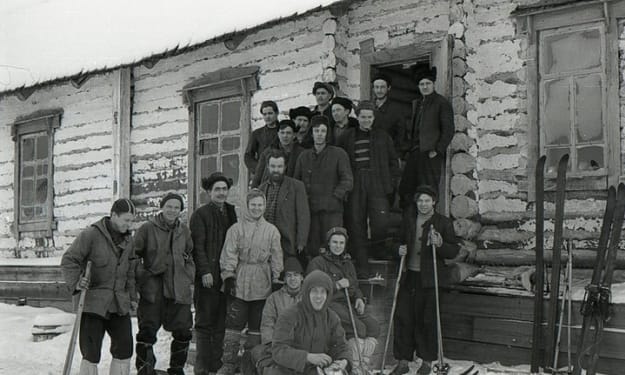
Tenerife, an island nestled in the Atlantic Ocean, is renowned for its beautiful landscapes and tourist attractions. However, the island's history is marked by a dark episode – a catastrophe that occurred in March 1977, leaving an indelible mark on aviation history and flight safety.
The Tragic Events
On March 27, 1977, one of the most horrifying plane crashes in history unfolded on the island of Tenerife. Two large passenger planes, operated by KLM and Pan American World Airways (Pan Am), collided on the runway of Los Rodeos Airport, resulting in the loss of 583 lives out of the 644 people on board both aircraft.
Causes of the Collision
The investigation into the tragedy revealed several factors that converged at a critical moment. The primary factor was fog, significantly reducing visibility on the runway. A combination of crew errors and inadequate communication led both aircraft to move in opposite directions on the runway.
The KLM captain decided to take off without receiving clearance from the controller, while the Pan Am aircraft was taxiing in the opposite direction. By the time both crews realized the situation, it was too late. The KLM captain attempted to take off over the Pan Am plane, but their tail sections collided, resulting in a fire and overall devastation.
Consequences and Lessons Learned
The Tenerife disaster became a pivotal moment in aviation safety history. Following this incident, new standards and procedures were introduced to improve communication between crews and controllers. The decision-making process in critical situations was also refined.
A crucial development influencing aviation safety was the emphasis on crew resource management training and effective communication with air traffic controllers. Analyzing the Tenerife catastrophe identified weaknesses in the safety system and proposed changes to rectify them.
Remembering the Victims
Every year, on the anniversary of this tragedy, events are held on Tenerife to commemorate the victims. Families and friends gather to collectively honor the memory of those who fell victim to this dreadful disaster. This serves as a reminder of the importance of constant improvement in safety systems and crew training.
Subsequent Changes in Aviation Safety
After the Tenerife tragedy, the aviation industry reevaluated its approaches to training and safety compliance. The implementation of technologies providing more precise aircraft positioning and enhancing communication systems became priorities to prevent similar catastrophes.
This incident also drew attention to the significance of developing standards and procedures ensuring effective interaction among all participants in the aviation process. International civil aviation organizations intensified their efforts to establish common safety standards, contributing to an increased level of safety in global aviation.
Conclusion
In conclusion, the Tenerife catastrophe became a part of aviation's bitter history, but its lessons helped make aviation safer. It is crucial to remember the events that transpired to avoid the recurrence of similar incidents in the future. The Tenerife tragedy served as a catalyst for improvements in aviation safety and reminds us all of the constant need to strive for perfection in systems ensuring the safety of millions of passengers worldwide.
Ongoing Commitment to Safety
In the aftermath of the Tenerife tragedy, a sustained commitment to aviation safety emerged. The incident prompted ongoing research and development in the aviation industry, leading to advancements in technology and training methodologies. Flight data recorders and cockpit voice recorders became more sophisticated, providing crucial insights into the dynamics of accidents for future prevention.
Additionally, international collaboration on safety standards intensified, fostering a culture of shared responsibility among nations. Regular safety audits and evaluations became common practice, ensuring that airlines worldwide adhered to stringent safety protocols.
The Tenerife disaster, while a dark chapter, ultimately contributed to a paradigm shift in aviation safety. The lessons learned continue to resonate through the industry, emphasizing the need for constant vigilance, innovation, and a collective commitment to ensuring the highest standards of safety for passengers and crew alike.
In Memoriam
As we reflect on the Tenerife tragedy, it is essential to honor the memories of those who perished. The aviation community globally acknowledges the sacrifice of the victims, and the legacy of this catastrophe lives on in the ongoing pursuit of safer skies. The anniversaries serve as a poignant reminder of the human cost of lapses in safety protocols and the imperative to remain dedicated to preventing such tragedies in the future.





Comments
There are no comments for this story
Be the first to respond and start the conversation.